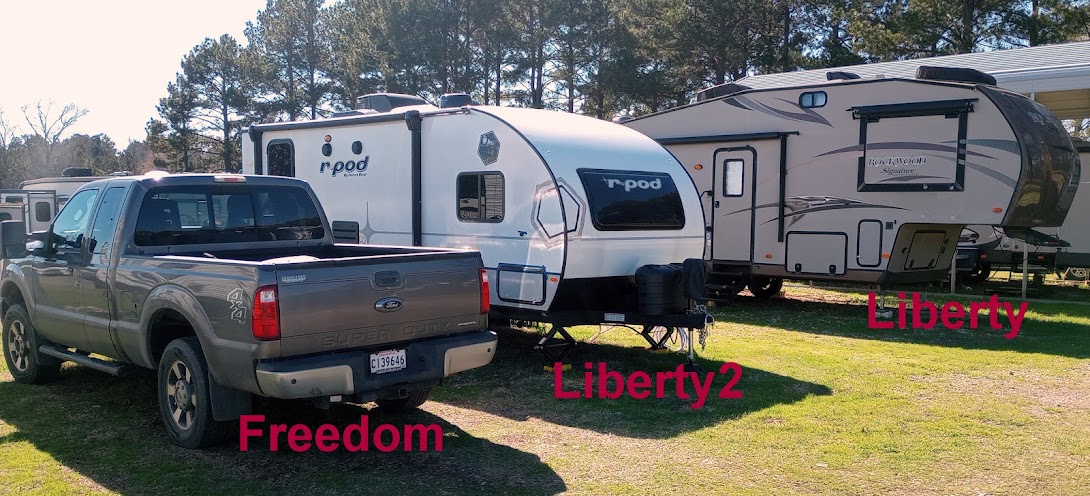(pictures taken with Nokia Lumia 929 cell phone AND Nikon D5100 camera)
(click pictures to enlarge)
 |
| The landscape of north Texas |
 |
| The welcoming committee to Copper Breaks State Park |
 |
| The view of the lake from near the campground |
 |
| My campsite. |
The Comanche Indian. To the Spanish in the late 1700's and the Texans in the 1800's, the name brought to mind fear. Fear of Comanche raids that went as far south as Old Mexico and as far east as the Gulf coast near Victoria. The Comanche were not native to this region. They showed up in the Texas Panhandle about the same time the Spanish showed up in Old Mexico. The Comanche started out in the mountains and valleys of western Wyoming as a part of the larger Shoshone Indian tribe. In the 1600's, a few bands of Comanche started moving south into the great plains area of modern day eastern Colorado and western Kansas. This proved to be beneficial because of the increase in food and warmer climate. Greater numbers followed. This move was an invasion of the lands of other Indian tribes such as the Apache, Utes, Pueblo, etc. The Comanche defeated or caused the other tribes to move away, thus giving their land to the Comanche. This type of Indian invasion of other Indian tribes was typical of all of the Indian tribes of the country. To them, the strong survived. Ironically, this is exactly what happened to all of the American Indians in that they were eventually conquered by the stronger white Americans.
The Comanche eventually made it as far south as the middle of Texas where they met the Spanish who had conquered the Indians of western Old Mexico and were moving north. By then the Comanche had acquired horses and became one of the greatest Indian horse tribes. Since neither side could win militarily, somewhat of a stalemate existed for many decades. When the Mexicans won their independence from Spain in 1810 and then the Texans from Mexico in 1836, little had changed between the Comanche and their European/White neighbors. The Comanche continued their raids where they would capture prisoners and steal property. After Texas was annexed by the United States in 1845, the U.S. Army was pressured into "solving" the Comanche problem. The answer was to slaughter the Comanche horses which left the Indian on foot and couldn't fight. 1,200 horses were killed at one time in a canyon just to the northwest of here. They eventually were placed on a reservation in Oklahoma.
In 1836, a raid on a settlement near Waco resulted in a brother and sister being kidnapped. The girls name was Cynthia Ann Parker (age 9) and her brother was John (age 6). Cynthia Ann lived with the Comanche for 24 years where she married a tribal chief and bore 3 children. In 1860, she and her youngest baby was accidentally rescued by a group of white men who attacked a small band of Comanche. She never quite adjusted to the white way of living and after her baby died, she did also a short time later. One of her sons, named Quanah Parker grew up to be the last chief of the Comanche as they were placed on the reservation. Her brother John, was abandoned by the Comanche because they thought he had smallpox. A Mexican girl was left with him. Both survived, married and eventually owned a successful ranch in Old Mexico.
 |
| The Red River near the beginning of the Texas Panhandle. It is surprisingly wide. |
 |
| Would you like to hand feed something like that? |
 |
| This little girl has her doubts about this feeding thing |
 |
| This woman fed the cow with her mouth. Very slobbery,,lol |
 |
| The cows are waiting for their treats before heading back to the fields. |
Ya'll take care of each other. I'll Cya down the road.

Thanks for the Comanche story. Very interesting.
ReplyDeleteHello Gene. Thanks. I enjoyed researching it while I was in Comanche country. :)
DeleteDo these cows look underfed?
ReplyDeleteHi Jack. I asked the same question and the ranger said the ribs showing is normal on most Longhorns. The other interesting thing is the back hip bones that are protruding upwards is the mark of a true Longhorn. Many cattle are being passed off as Texas Longhorns, but unless they have those raised hip bones and divot, they aren't true Texas Longhorns.
DeleteLove the Longhorns!!!! Your Comanche story was interesting....Safe travels to your next destination and Watch out for those snakes!!!
ReplyDeleteThanks Jenny. No snakes yet so keeping my fingers crossed.
Delete